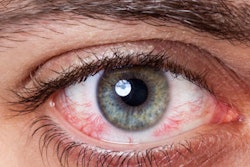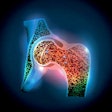Dear AuntMinnieEurope Member,
The medical imaging community appears to be split about the likely impact of artificial intelligence (AI). On the one hand, doom-and-gloom merchants are convinced many radiologists will be replaced by machines in the future. On the other, eternal optimists believe the technology poses no serious threat and there will always be a demand for radiologists.
Who better than Dr. Neelam Dugar to bring some balance, clarity, and common sense to the heated debate? As a clinical radiologist in the U.K. National Health Service, she's been closely involved in the development and implementation of PACS for many years and has seen huge changes. Her previous article on AI in May 2017 was a compelling read, and now she's revisited the topic in her latest column. Go to our Imaging Informatics Community, or click here.
CT excels in complex head and neck cases, as Spanish researchers underlined in an award-winning presentation at RSNA 2017. The multidisciplinary group from Barcelona has extensive knowledge of difficult cleft lip and palate cases. To learn more about the team's approach and technique -- and to view some impressive clinical images -- click here.
At the same congress, another group of researchers from Spain shared their knowledge of football injuries among emerging young players. What type of injuries occur and which modality works best? Visit the MRI Community, or click here.
Our third article from Spain focuses on new study findings about how single-reading digital breast tomosynthesis plus synthesized 2D mammography can increase cancer detection and decrease recalls compared with double-reading standard mammography. Find out more in the Women's Imaging Community, or by clicking here.
Radiation dose tracking software continues to improve and can be valuable in collecting, analyzing, and benchmarking CT data of children. The results of a recent study involving 1,500 pediatric CT exams of the head and cervical spine at two hospitals in Finland are worth a look. Click here to do so.



















